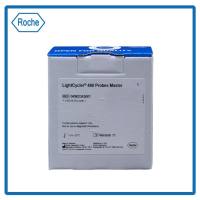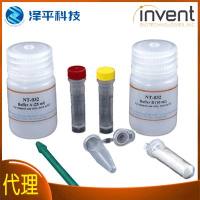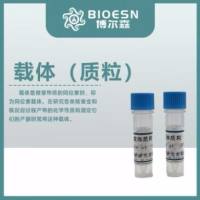Detection and Quantification of Transcript RNA in Transgenic Plants Using Digoxigenin-Labeled cDNA Probes
互联网
501
The detection of RNA transcript expressed from transgenes is often one of the first steps in the analysis of transgenic plants. Such analysis might include confirmation that RNA transcripts are of the expected size and the quantification of transcript in different transgenic lines. Until recently, the most common method of RNA detection involved the use of cDNA probes labeled with 32 P or 35 S. However, the use of radioisotopes involves special procedures and facilities for handling and a requirement for the reliable delivery of radiochemicals, which frequently have short half-lives. Such facilities may be expensive and/or, in some countries, difficult to obtain. Furthermore, radioactive decay limits the time a probe can be used; 32 P-labeled cDNA probes have a maximum useful lifespan of about 2 wk. By comparison, nonradioactive probes do not have many of the problems associated with handling radioactive probes. The digoxigenin (DIG) system developed by Boehringer Mannheim (Mannheim, Germany) for nonradioactive labeling of RNA and DNA probes has been developed so that sensitivity is comparable with radioactivity. This chapter will describe the use of DIG-labeled cDNA probes. The use of RNA probes using the DIG system is described in Chapter 47 .









